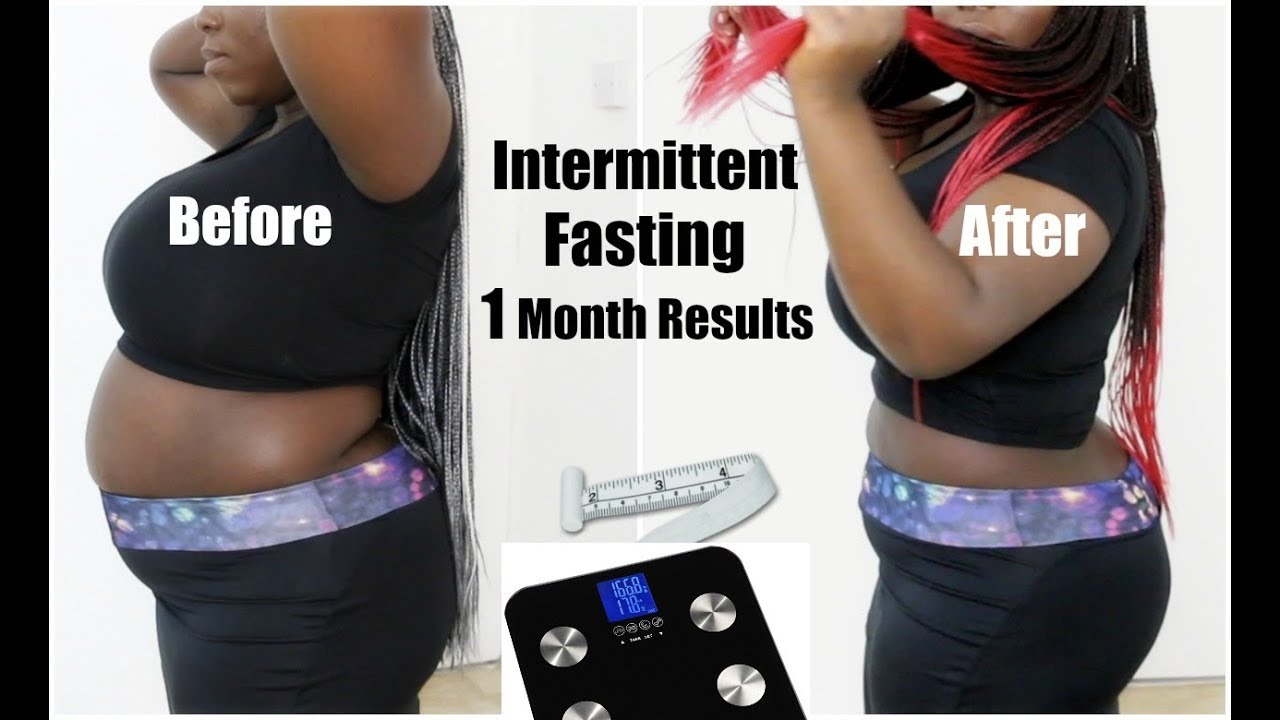Introduction: The Transformative Power of Intermittent Fasting
If you’ve been considering intermittent fasting 16/8, you’re likely searching for clarity about what to expect—whether it’s about weight loss, improved health, or how quickly you’ll see results. You’re not alone. Thousands of people are turning to the 16/8 method of intermittent fasting to transform their bodies and their lives, but understanding the true results—and when they’ll appear—is key to staying motivated on this journey.

In this article, we’ll explore the real results of intermittent fasting 16/8 across different time frames: 1 week, 1 month, and beyond. Whether you’re looking to shed a few pounds, improve your metabolism, or experience more energy, we’ll break down exactly what you can expect as you commit to this transformative practice.
By the end of this article, you’ll have a clear understanding of how 16/8 intermittent fasting works, the science behind it, and how to measure your success.
I. Understanding Intermittent Fasting 16/8: The Basics
Before diving into the results, let’s quickly revisit what intermittent fasting 16/8 is and why it’s gaining popularity.
Intermittent fasting (IF) involves cycling between periods of eating and fasting. The 16/8 method, one of the most popular forms of IF, involves fasting for 16 hours and eating during an 8-hour window. For many people, this typically means skipping breakfast and eating from 12 PM to 8 PM, or from 10 AM to 6 PM, depending on individual schedules.
Why does this method work so well? During the fasting period, your body undergoes several beneficial processes:

These processes don’t just help with weight loss—they also promote overall health benefits, such as improved metabolic health, better mental clarity, and increased energy.
II. What to Expect After 1 Week of Intermittent Fasting 16/8: The Early Benefits
The first week of intermittent fasting 16/8 can feel challenging, but it’s also the period where you’ll begin to notice initial changes in your body and your energy levels. While results can vary depending on your starting point (e.g., your body weight, diet, and activity level), here are the key things to expect:
1. Adjustment Period: Hunger and Energy Fluctuations
During the first few days of fasting, your body may experience hunger pangs, especially if you’re used to eating frequently. This is completely normal. Your body is adjusting to a new routine, and hunger signals may feel more intense than usual.
However, after a few days, many people report feeling less hungry and more energized. This is because, during the fasting period, insulin levels drop and your body starts burning fat for fuel.
2. Potential Early Weight Loss
You might start to see some early weight loss. In the first week, this can be primarily water weight, especially if you’re reducing your carbohydrate intake. As your body adjusts to burning fat for fuel, the weight loss will become more sustainable.

It’s important to note that rapid weight loss in the first week is often not reflective of true fat loss but can be motivating.
3. Increased Mental Clarity and Focus
Many intermittent fasters experience improved mental clarity after the first few days. This is often due to stable blood sugar levels and the body’s increased reliance on fat as an energy source, which provides a more consistent energy supply to the brain.
You may feel more mentally sharp and less foggy, especially during the fasting period.
III. What to Expect After 1 Month of Intermittent Fasting 16/8: Long-Term Benefits and Results
After a month of intermittent fasting 16/8, you will likely see more consistent and sustainable results. Your body will have fully adjusted to the fasting and eating pattern, and the initial discomfort will likely be replaced with increased energy and easier weight loss. Here’s what you can expect:
1. Fat Loss and Improved Body Composition
By the end of the first month, you should begin to notice fat loss, particularly around your belly, hips, and thighs. Research has shown that intermittent fasting helps promote fat oxidation, leading to a reduction in belly fat, which is particularly beneficial for long-term health.

While the first few days and weeks might have shown quick weight loss, a month in, the fat loss will become more sustainable and consistent. This is due to the way your body starts to shift from glucose as its primary energy source to fat.
2. Improved Insulin Sensitivity and Metabolic Health
At this stage, you’re likely to see improvements in your insulin sensitivity. This means that your body can more efficiently process carbohydrates, leading to a reduction in fat storage and better blood sugar regulation. This can be particularly beneficial for people who struggle with insulin resistance or are at risk of developing Type 2 diabetes.
Studies have shown that IF, like the 16/8 method, can improve lipid profiles, including cholesterol and triglyceride levels, leading to better heart health.
3. Stabilized Hunger and Cravings
After a month, most people experience a decrease in cravings, especially for processed foods and sugars. Your body will have learned to rely on fat as a primary energy source rather than sugar, stabilizing your appetite and reducing overall cravings.
4. Mental and Physical Resilience
Your body has now become more accustomed to fasting, and you’ll notice that fasting periods become easier. Mental clarity will remain high, and you’ll likely feel more physically resilient, with better stamina for exercise and daily activities.

IV. What to Expect Beyond 1 Month: Continuing Your Journey with Intermittent Fasting 16/8
Once you’ve passed the first month, the results of intermittent fasting 16/8 can continue to improve with consistency. Here’s what you can look forward to:
1. Sustained Weight Loss and Lean Muscle Preservation
At this stage, fat loss will continue, and many people find that they’ve reached their leaner body composition while preserving muscle mass. This is especially true if you incorporate strength training or resistance exercises into your routine, which further supports muscle growth and fat loss.
2. Reduced Inflammation and Improved Joint Health
Intermittent fasting has been shown to reduce inflammation, which can result in fewer joint pains and better recovery after workouts. This can lead to an overall increase in physical well-being.
3. Improved Aging Markers
Research shows that intermittent fasting can have anti-aging effects by promoting autophagy, which helps your cells repair and regenerate. Over time, you may notice improved skin tone, healthier hair, and more energy.
4. Sustained Benefits for Mental Clarity and Focus
Over several months, intermittent fasting’s effects on mental clarity continue to improve, with many fasters reporting a more focused and balanced state of mind. This is a powerful benefit, particularly for people who experience brain fog or difficulty focusing.

V. Actionable Tips for Success: Making 16/8 Work for You
While intermittent fasting can offer amazing benefits, its success depends on how well you stick to it. Here are some tips for ensuring your journey is as effective as possible:
Conclusion: Transforming Your Body and Health with Intermittent Fasting
Intermittent fasting 16/8 is a simple yet powerful way to improve both physical and mental health. By understanding what to expect at each stage, from the first week to the first month and beyond, you can stay motivated and committed to your fasting journey.
Remember, consistency is key. The results may take time, but as your body adjusts, the benefits—fat loss, improved metabolic health, increased energy, and mental clarity—will be worth the wait.
If you’re ready to take the next step toward a healthier, more energized










